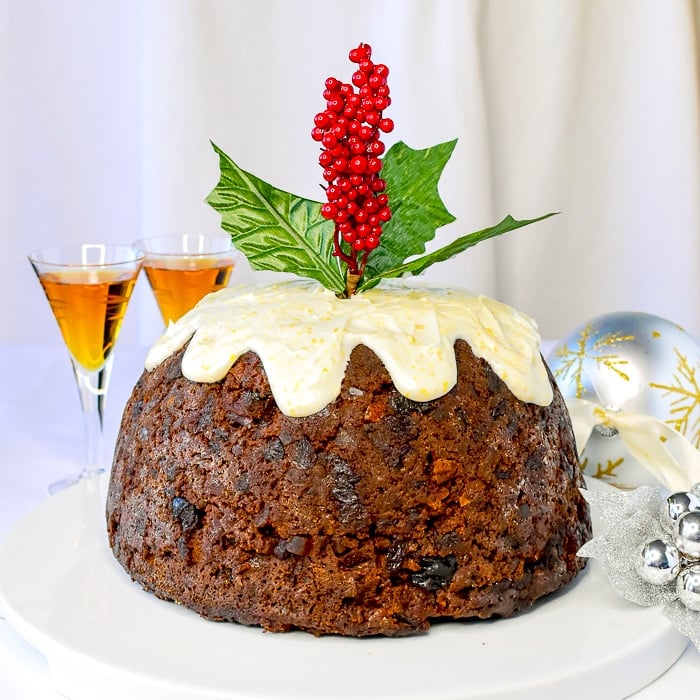The Twelve Birds of Christmas, Stephen Moss
There are many stories about what the "12 Days of Christmas" song means, even going as far to say it's a Christian allegory. In truth it's a forfeit song, sung during Christmas games in the 18th century as a penalty for losing a game. You also may ask "Aren't there only six birds mentioned in the song?" Yes, technically...but Moss here makes a delightful case for the song referring to a dozen birds, from the classic partridge, turtledoves, chickens (French hens), blackbirds ("calling" birds is a corruption of the original word, "colly," meaning black), geese, and swans, to the yellowhammer ("yolring" corrupted to "gold ring"), nightjars (who supposedly "milked" goats' udders), cranes (who do a courting dance), grouse (who leap as part of their courting ritual), sandpipers, and woodpeckers (both for obvious reasons).
You pretty much need to be a bird lover to really enjoy this book, but if you are, it's a delight, but also a little bit sad, since you learn about so many birds, like the black grouse and the partridges, and especially the turtledoves, who are endangered species now because of changed farming methods. You'll learn that all swans in England don't belong to the queen, how Canada geese are an invasive species, the amazing spectacle of black grouse displaying themselves in order to find a mate, the origins of the domestic chicken, and more. The chapter about the nightjars are fascinating because they are such odd-looking birds and the belief that they sucked milk from goats--in reality they were eating the insects that surrounded barn animals--was really odd!





